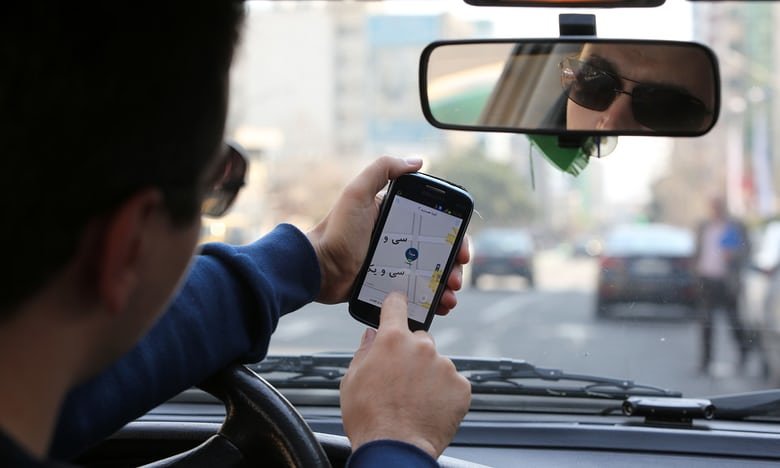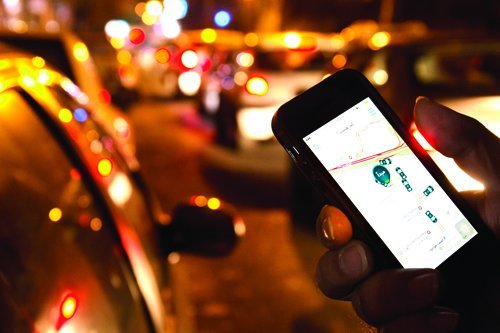Ride hailing apps in Iran: An alternative or an option?

The high speed of technology is taking over taxis and telephone taxis in Iran. Ride hailing startups, which began their activity in Iran in 2014, were soon accepted as an alternative for traditional taxi services.
However, as for most new emerging events, they face several social and economic challenges in the society. Traditional taxi services struggle for retaining their share of customers, which seems very hard with emergence of new rivals.
The e-hailing services solve the problem of haggling for the price between drivers and passengers, which was very common in Iran.

The low price, accessibility and time-saving system, which is beneficial both for driver and passengers are factors, which makes ride hailing applications successful in Iran.
You can find the nearest car by a touch of finger on your mobile screen and this is a great option both for passengers and riders.
Besides, shared taxi is common type of taxi riding in Iran. Otherwise you should call a taxi for ‘darbast’, which literally means ‘closed doors’, which costs much more. However by the e-riding apps you can enjoy private taxi with reasonable price.
The proficiency of these companies is a great motivation for them to increase. Nowadays several ride hailing companies are active in Iran.
Maybe it is the time to accept and benefit from facilities that technology brings to us and be aware that moral values and altruism not only have any conflict with technology but also can be more widespread through new application and facilities.
In addition, according to Tehran Traffic Police Chief Mohammad Reza Mehmandar, 18 million trips take place per day in Tehran.
Considering the 60 percent market share of public transportation system, we would have 7.2 million trips left for Taxi organizations and ride-hailing apps, which provides a great chance for tech companies in transportation market.
However, traditional taxi services objected e-hailing system as they lost their market share.
Telephone taxis are main protesters, who believe that e-riding services do not offer true price and they provide services with cheap fare.
In many neighborhoods, telephone taxi drivers are accepted as a part of social communities. They know their customers and some habitants prefer some passengers for riding. However with car hailing apps, there is a little chance for this bonding.
With domination of technology in all parts of our daily life, it is unavoidable to preserve all our habits and lifestyle. Maybe it is the time to accept and benefit from facilities that technology brings to us and be aware that moral values and altruism not only have any conflict with technology but also can be more widespread through new application and facilities.
SB/PA
END
